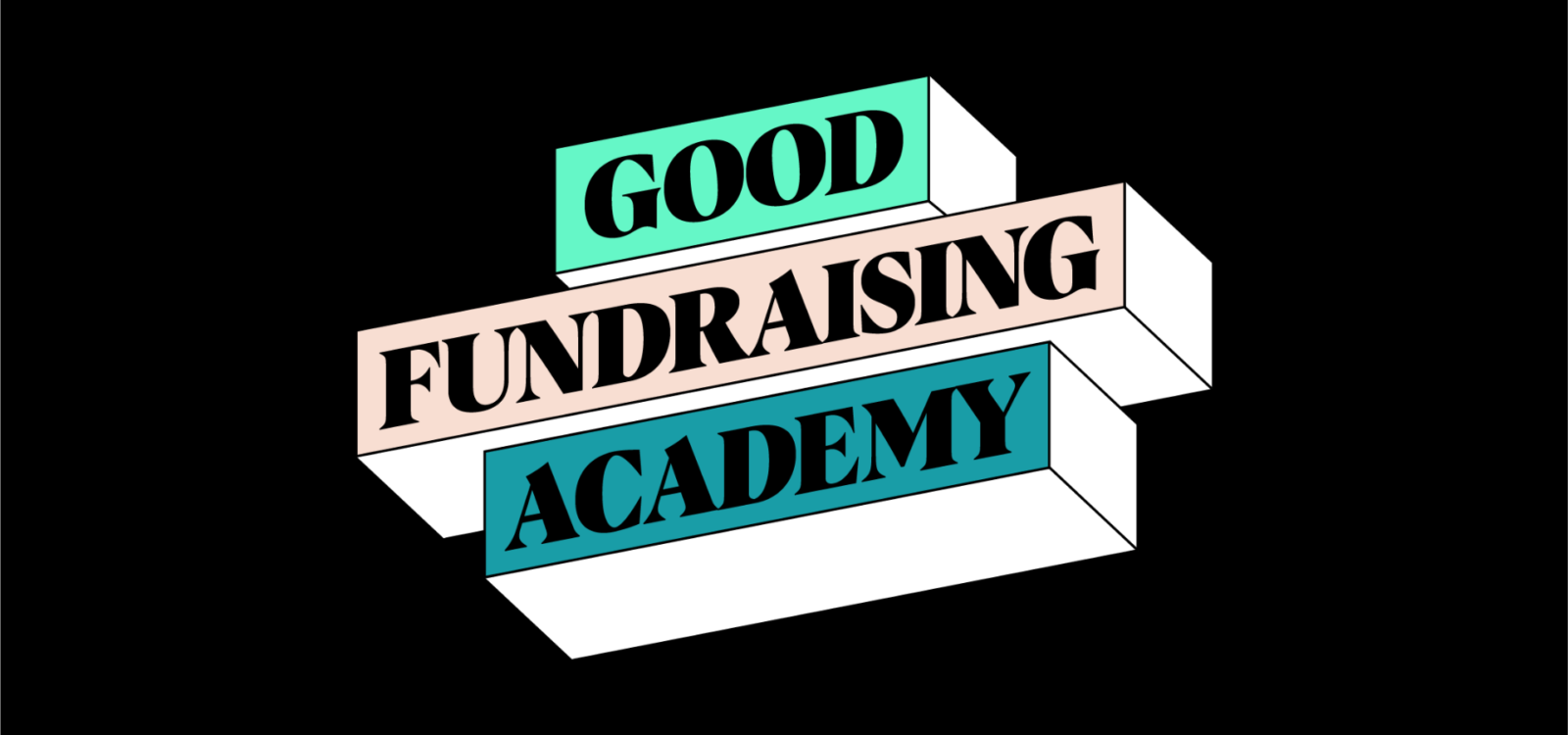
Fundraising Academy round up: Part 2
With the fundraising landscape constantly evolving, now more than ever amid the cost of living crisis, creativity is vital for effective communication. GOOD ran eight weekly sessions for the charity sector covering everything from copywriting, creative briefings to behavioural science.
In the second of our two-part blog series, we outline the key takeaways from the final GOOD Fundraising Academy sessions.
Week 5: Behavioural Science for Fundraising
We all bring our analytical brains to work. Still, it’s good to make sure you allow the time, space and, if possible, a research budget to help you tap into your audience’s fast, instinctive, and emotional responses, as well as more rational details.
Make sure you design for both system one and system two.
Harness the identifiable beneficiary effect by finding and telling compelling personal stories about your cause. You may feel you’ve already covered that, but if not, it’s never too late to start. If you’re already doing it, how can you make the story bigger? Personal stories are compelling and are a place where we can begin our appeals, rather than shoehorning them in as a tick box at the end.
Show social proof. We know how powerful it is. And you can do it in a range of subtle and not-so-subtle ways. Proof can be applied pretty much anywhere. So, explore throughout your support journey. Can you use it to help uplift results?
Week 6: Creative Excellence
When we’re giving feedback, bear in mind that to push creative excellence from your team, your feedback needs to include: What is our shared vision of success? What’s working right now? Sometimes you might feel like an idea isn’t working right now. But it helps to think about what is working, which could help unlock what still needs to be done to get to a shared goal together.
Here’s 5 tips to help push creative excellence:
- Know your idea from your execution
- Remember, it’s better to be interesting and noticed than relevant and missed.
- Embrace both subjective and objective reactions
- Set challenges, not dead ends
- Own and love the idea – work together to keep it intact
Week 7: Writing Magical Fundraising Copy
Here is how to use GOOD’s CADABRA framework to write copy or assess and give feedback. Before starting to write copy, it’s important to remember that the average UK reading age is 9, so make sure it’s digestible for your audience.
Connection (build rapport)
Ask (what you’d like your reader to do)
Dramatisation (Build emotive need)
Ask (How your reader helps end that need)
Benefit (Build the impact of that action)
Recap (Reiterate the main point)
Ask (Repeat your ask with gratitude)
Week 8: Fundraising Storytelling
Does your story stir the soul?
In the charity world, we don’t sell stuff. We sell feelings. At GOOD, we articulate this idea of making people feel something as ‘stir the soul’. That’s our creative mission. We split this idea into three parts; when writing copy, we need to ensure that it invokes emotion, tells the truth and is authentic to human experience and action. Fundraising is nothing if we don’t drive action and raise money.
Sometimes we get stuck in a creative rut and need to reframe the way we tell stories. Here are five ways to go about reframing your story:
- Change the hero
- Change the timeline
- Change the genre
- Change the process
- Change the format
Additionally, if you need to kick-start your creativity, here are three storytelling activities to help:
- Hypothetical storytellers. How would you tell this story if you were…
- Ask the people in your team what their story is. Why do they do the job they do?
- Dig into the founding stories of your organisation. Where did your story begin?
We’ll be running a new GOOD Fundraising Academy series in 2023. More details to be announced nearer the time.
If you would like to find out more, please email us at hello@goodagency.co.uk


